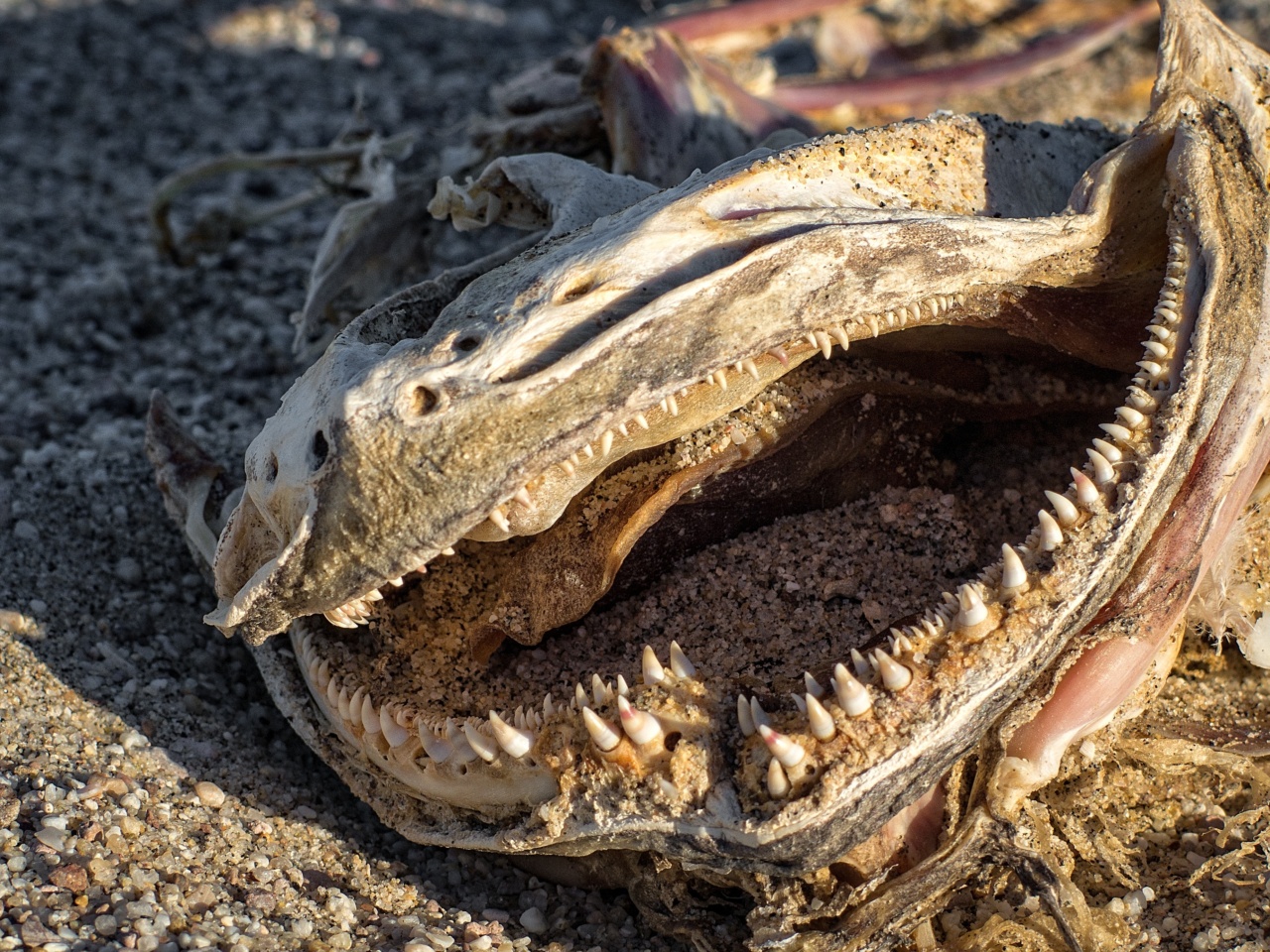Tooth decay, also known as dental caries, is a common oral health issue that affects individuals of all ages and backgrounds.
It occurs when the natural bacteria in our mouths combine with sugars and starches in the foods we eat, forming acid that erodes tooth enamel. While dietary habits and dental hygiene play a significant role in tooth decay, recent research has shed light on the genetic factors that contribute to this condition.
Scientists have identified 47 genes that are associated with tooth decay, providing valuable insights into the genetic basis of this prevalent dental problem.
Understanding the Role of Genetics in Tooth Decay
Genes are segments of DNA that contain the instructions for building and maintaining our bodies. They determine various traits and characteristics, including our susceptibility to certain diseases. Tooth decay is no exception.
While genetic factors may not be solely responsible for tooth decay, they can significantly influence an individual’s risk of developing this oral health issue.
The 47 Genes Associated with Tooth Decay
Through extensive research and analysis, scientists have identified 47 genes that are associated with tooth decay. These genes are involved in various biological processes and pathways that impact the health and structure of our teeth.
Some of these genes regulate the formation and mineralization of dental enamel, while others influence the production and composition of saliva.
The Role of Enamel Formation Genes
Enamel is the hard outer layer of our teeth that protects the underlying dentin. It is primarily composed of hydroxyapatite, a mineral that gives teeth their strength and durability.
Several genes associated with tooth decay play a crucial role in enamel formation. These genes control the production and transport of enamel-building proteins, ensuring the proper development and structure of dental enamel.
The Influence of Salivary Genes
Saliva plays a crucial role in maintaining oral health. It neutralizes acids, remineralizes teeth, and helps wash away food particles and bacteria. Certain genes associated with tooth decay impact the production and composition of saliva.
Variations in these genes can lead to reduced saliva flow or altered saliva composition, making individuals more susceptible to dental caries.
Other Genes Involved in Tooth Decay
In addition to enamel formation and salivary genes, several other genes are associated with tooth decay. These genes regulate the metabolism and utilization of sugars and starches, affecting how our bodies process and respond to dietary carbohydrates.
Variations in these genes can increase an individual’s risk of developing tooth decay, especially when combined with poor oral hygiene practices and a sugary diet.
The Interplay between Genetics and Environmental Factors
It’s important to note that while genetics can influence an individual’s susceptibility to tooth decay, environmental factors also play a significant role.
Poor dental hygiene practices, a diet high in sugars and starches, and a lack of regular dental check-ups and cleanings can all contribute to the development of dental caries.
Using Genetic Information to Improve Oral Health
The identification of the 47 genes associated with tooth decay holds great promise for improving oral health.
By understanding an individual’s genetic predisposition to dental caries, healthcare providers can personalize prevention strategies and treatment plans. Genetic information can guide the development of targeted interventions, such as tailored dietary advice, specific oral hygiene recommendations, and personalized remineralization approaches.
Conclusion
Tooth decay is a complex oral health issue influenced by both genetic and environmental factors. While 47 genes have been associated with dental caries, it’s essential to remember that genetics alone do not determine an individual’s risk.
A combination of genetic predisposition, oral hygiene practices, and dietary habits significantly influences the development of tooth decay. By understanding the genetic basis of this condition, researchers and healthcare professionals can work towards more personalized approaches to improve oral health outcomes.




























